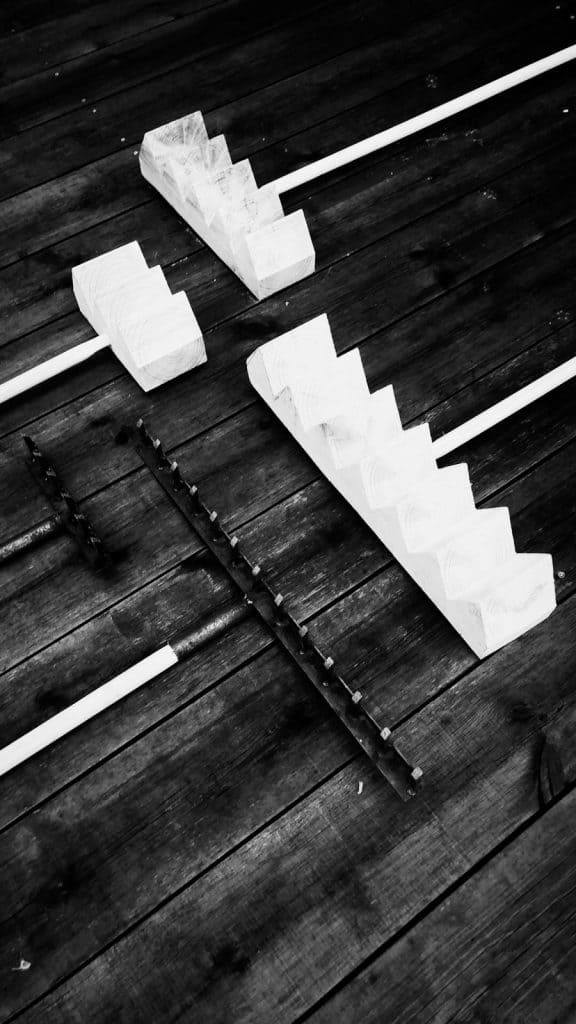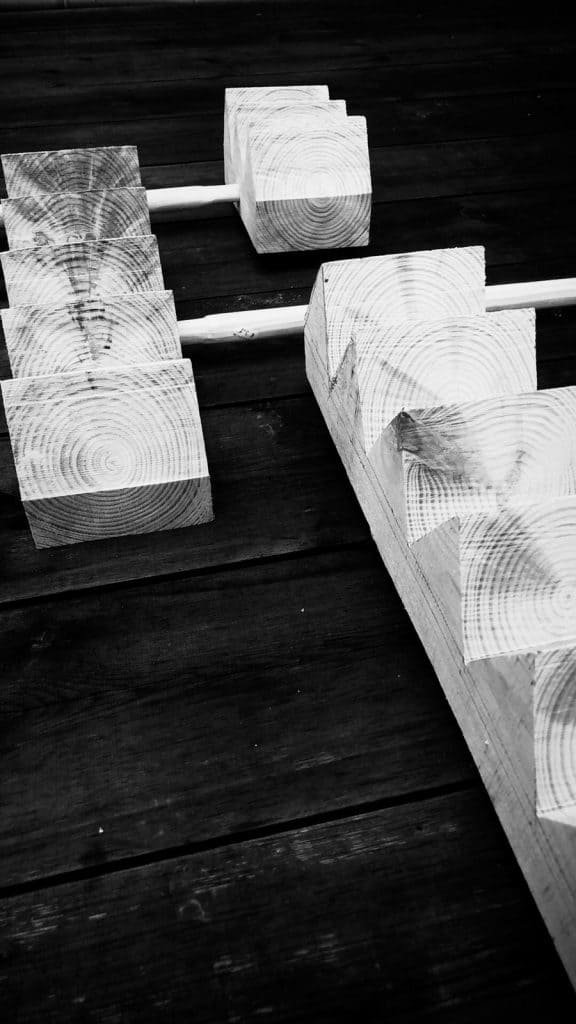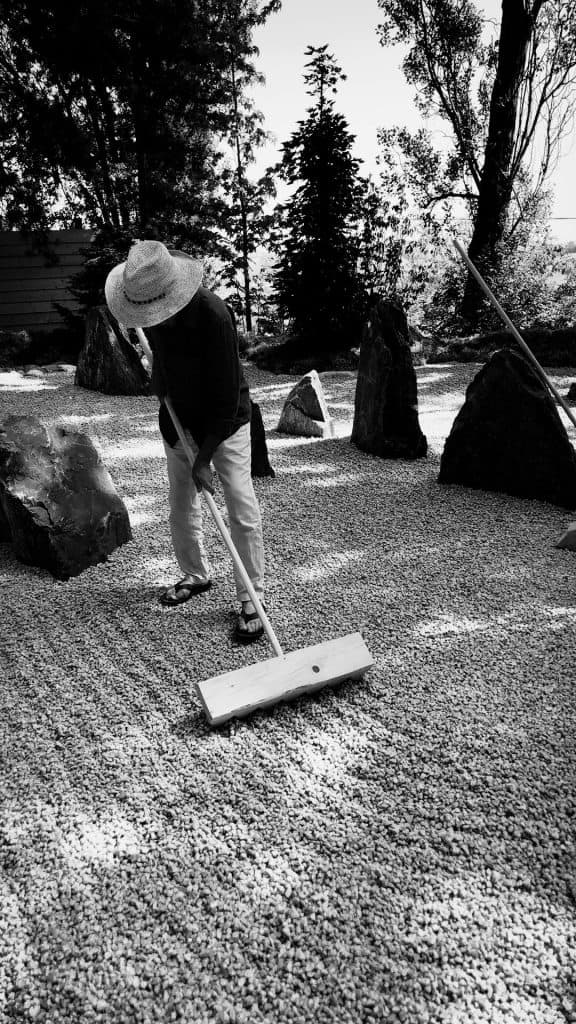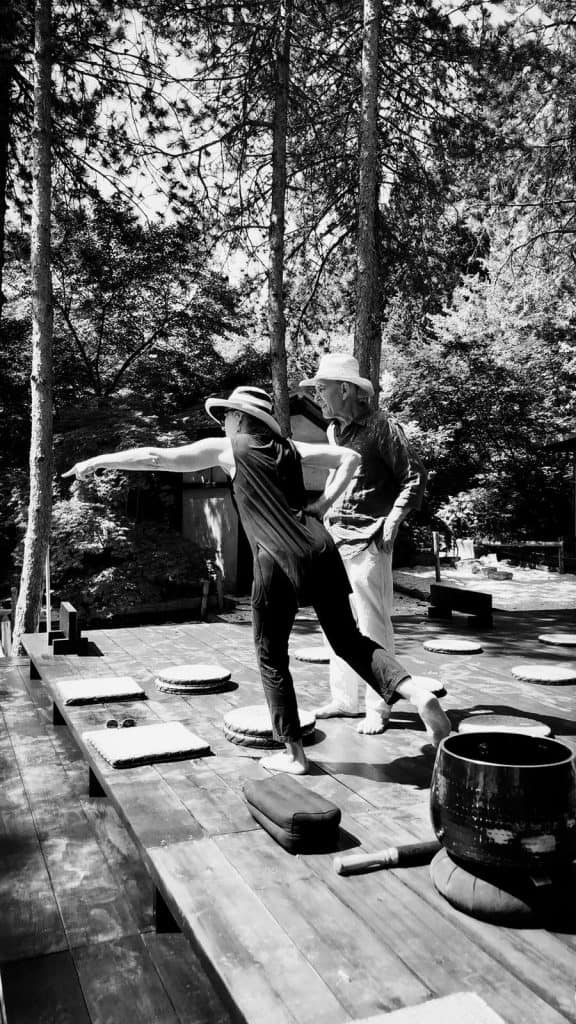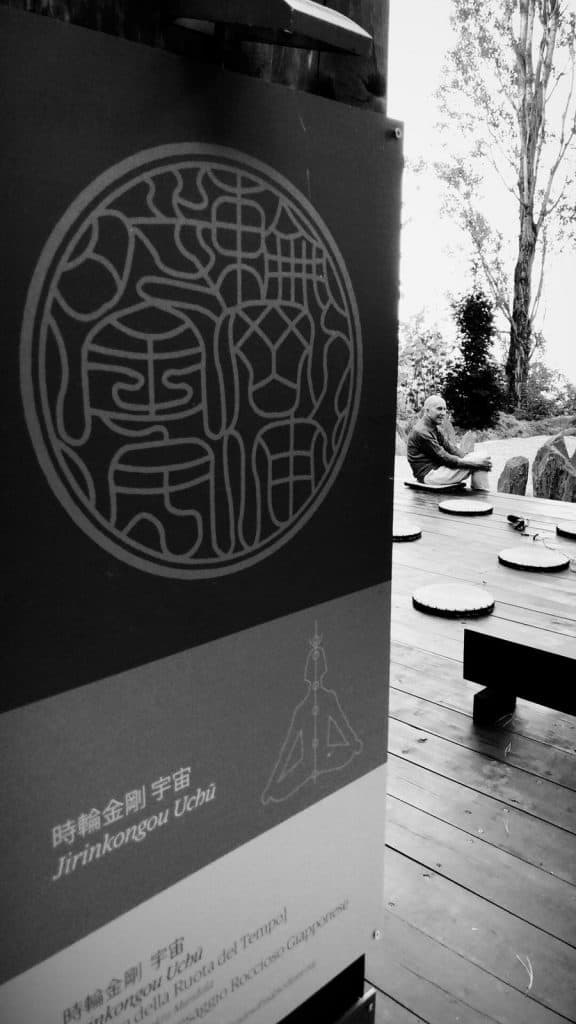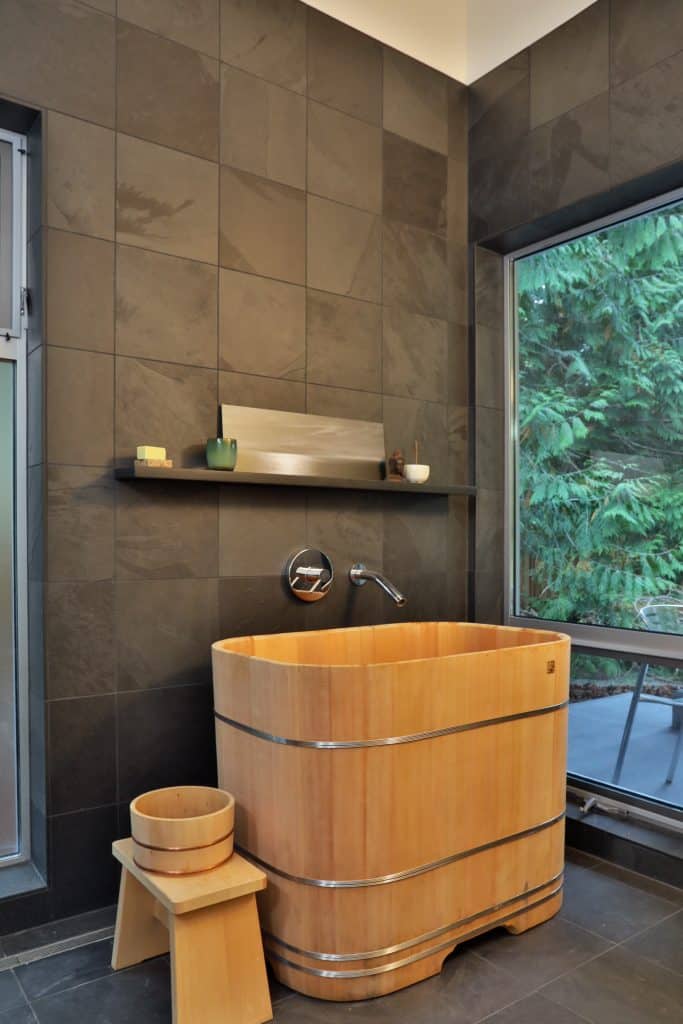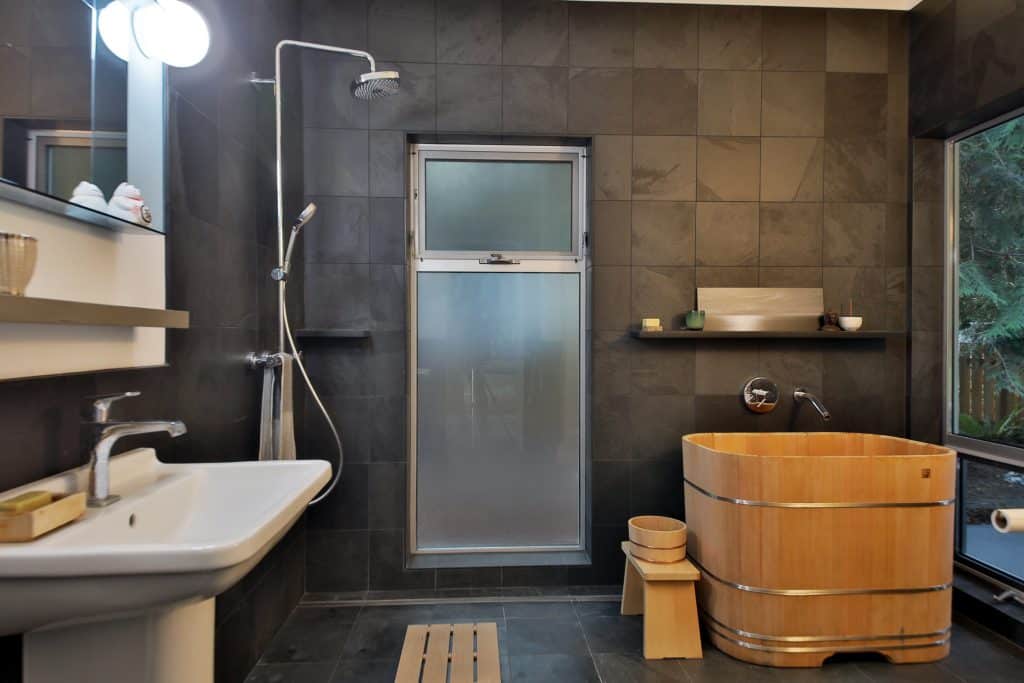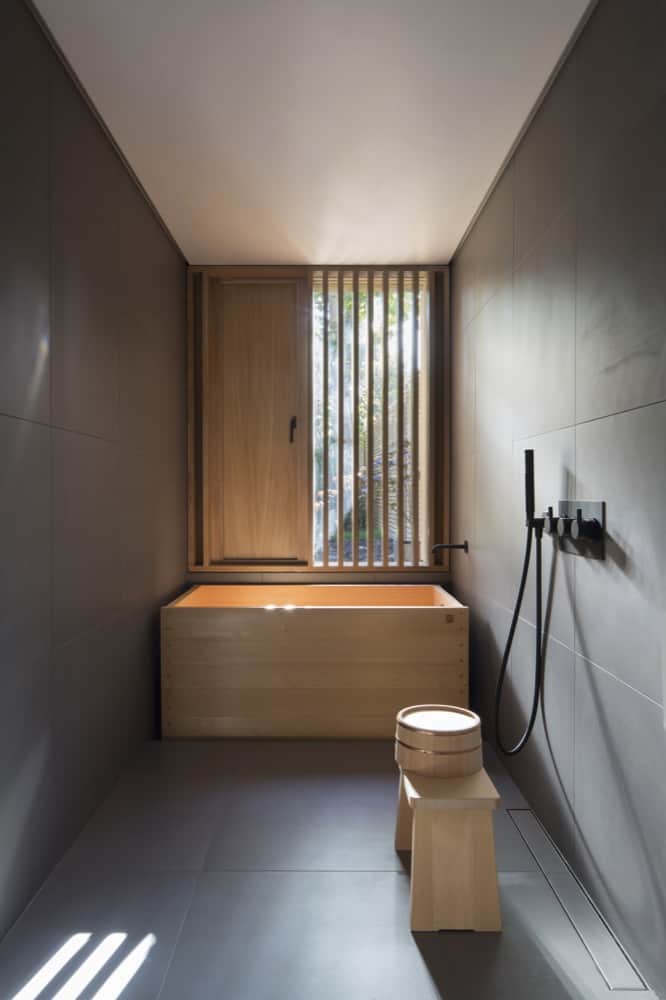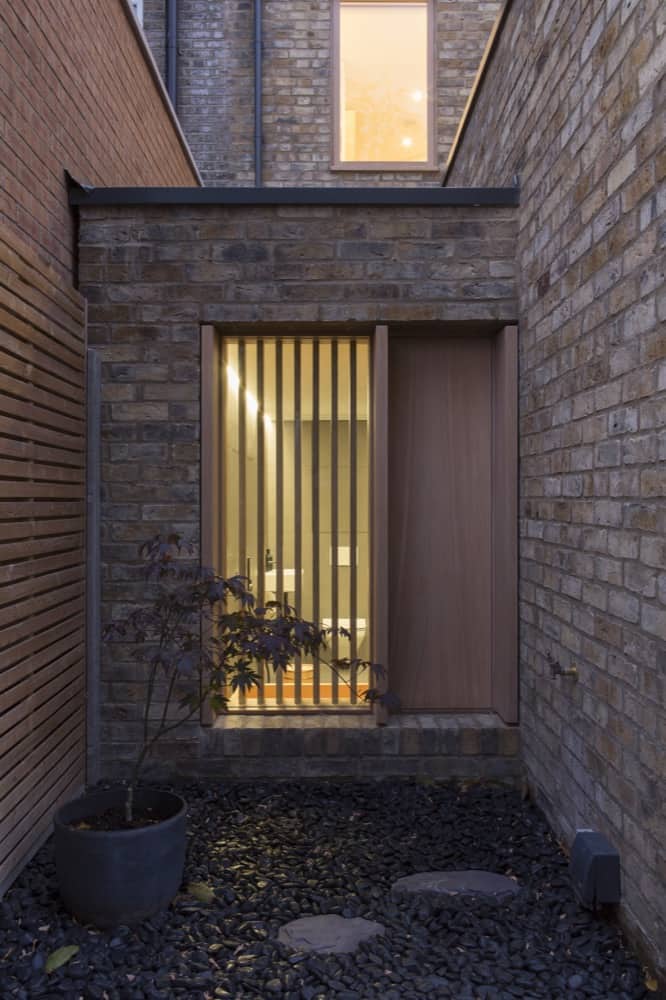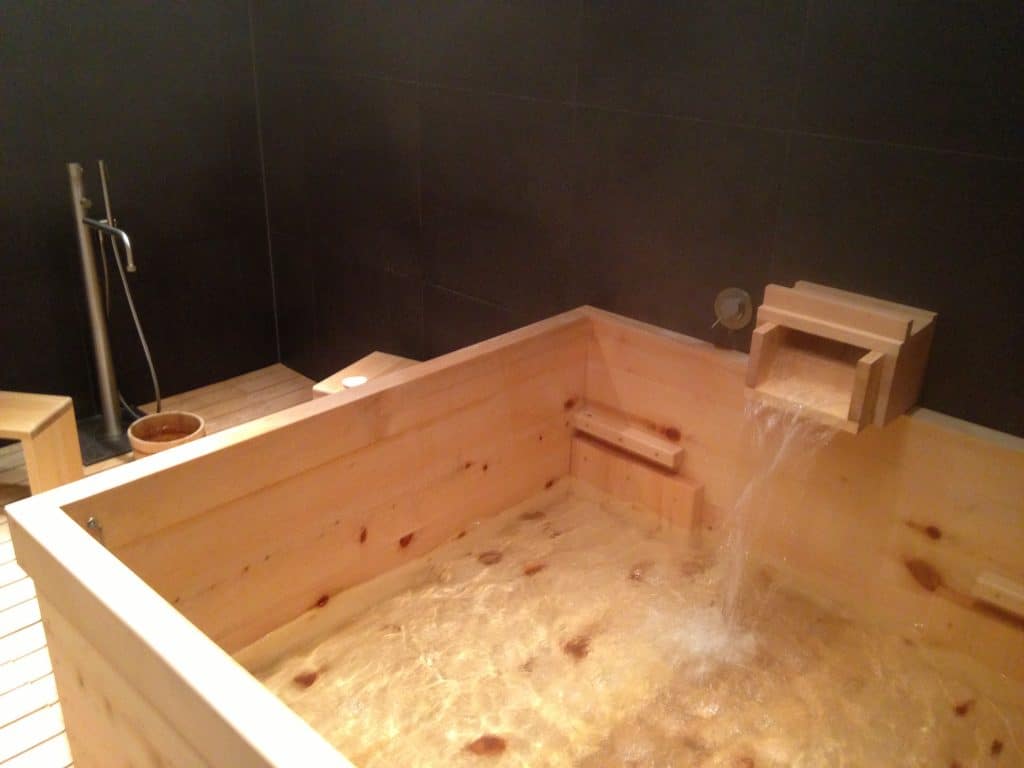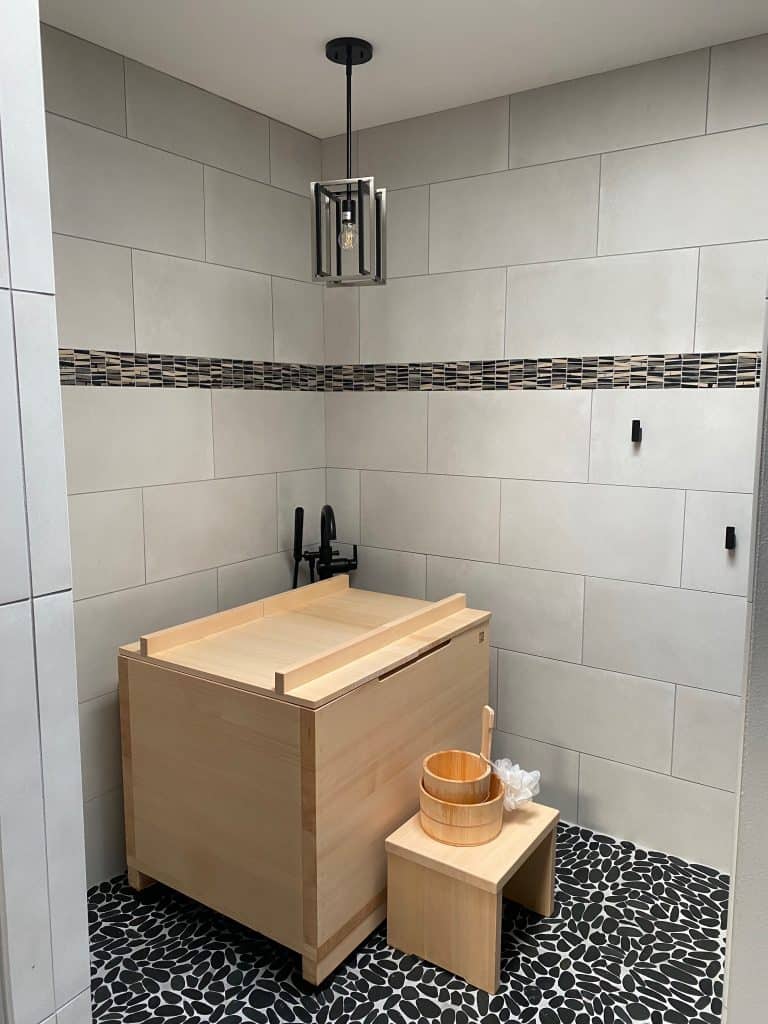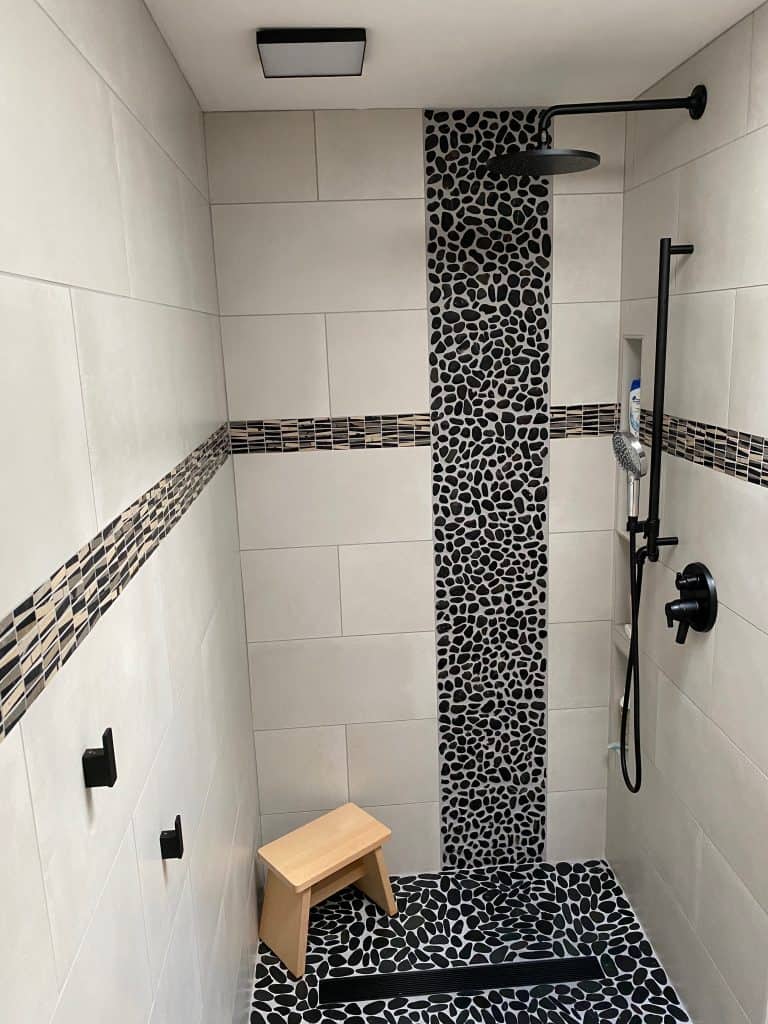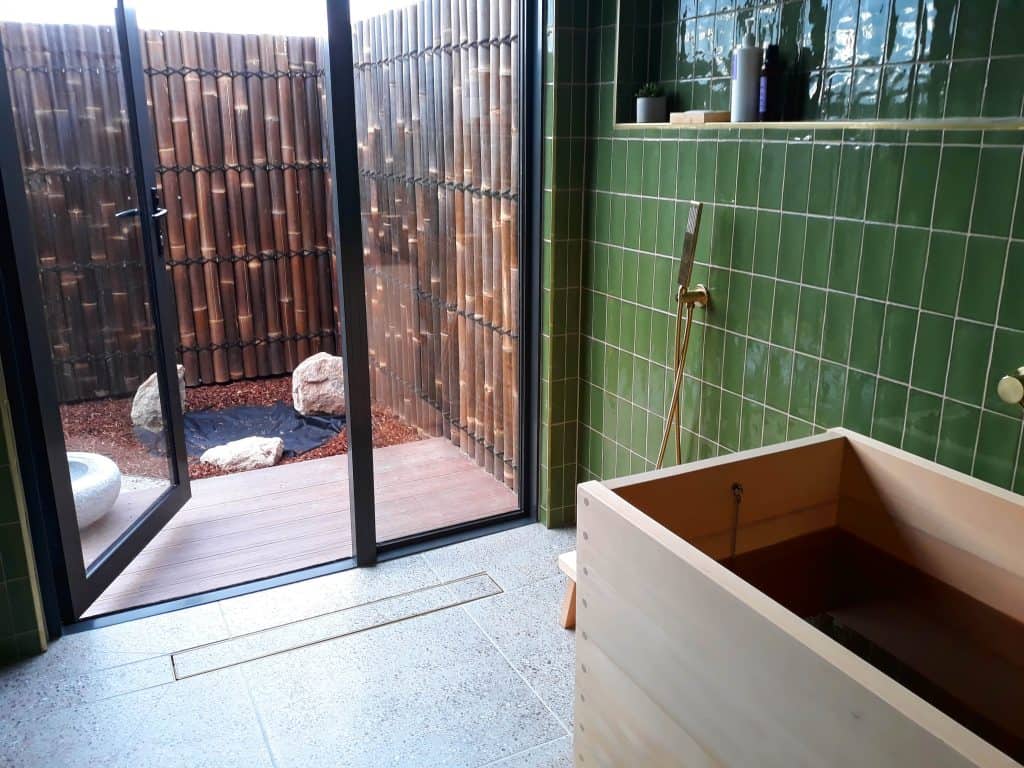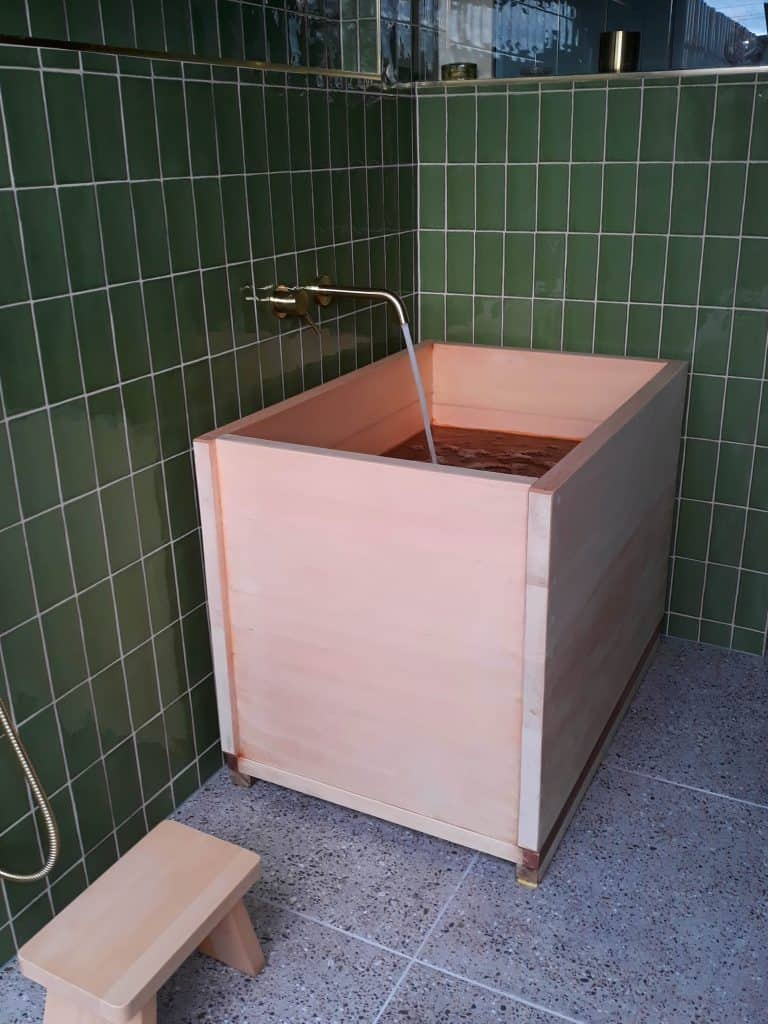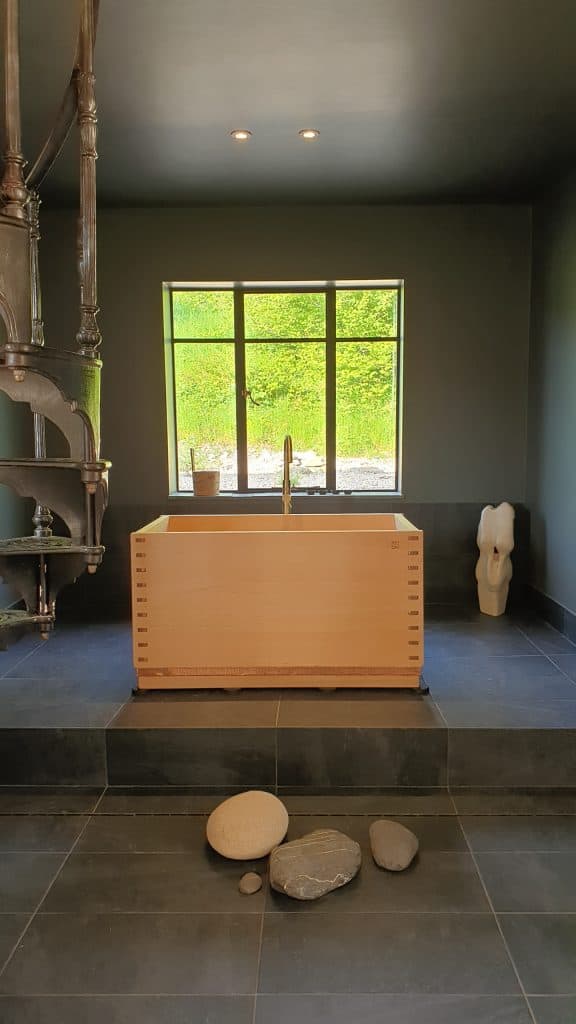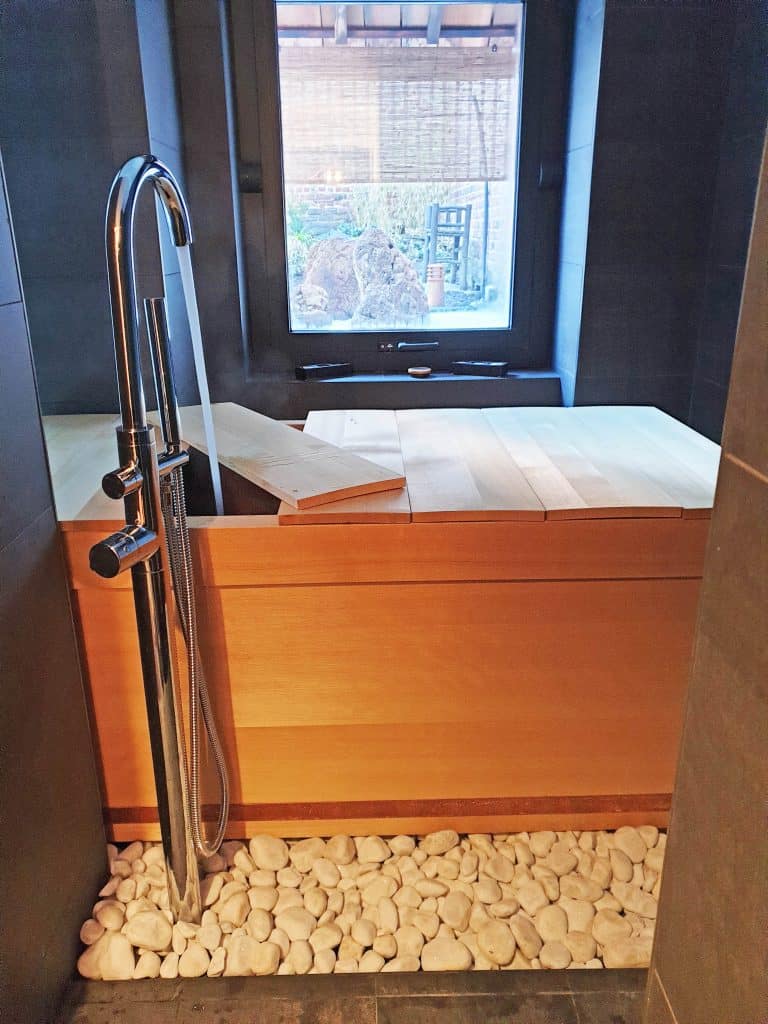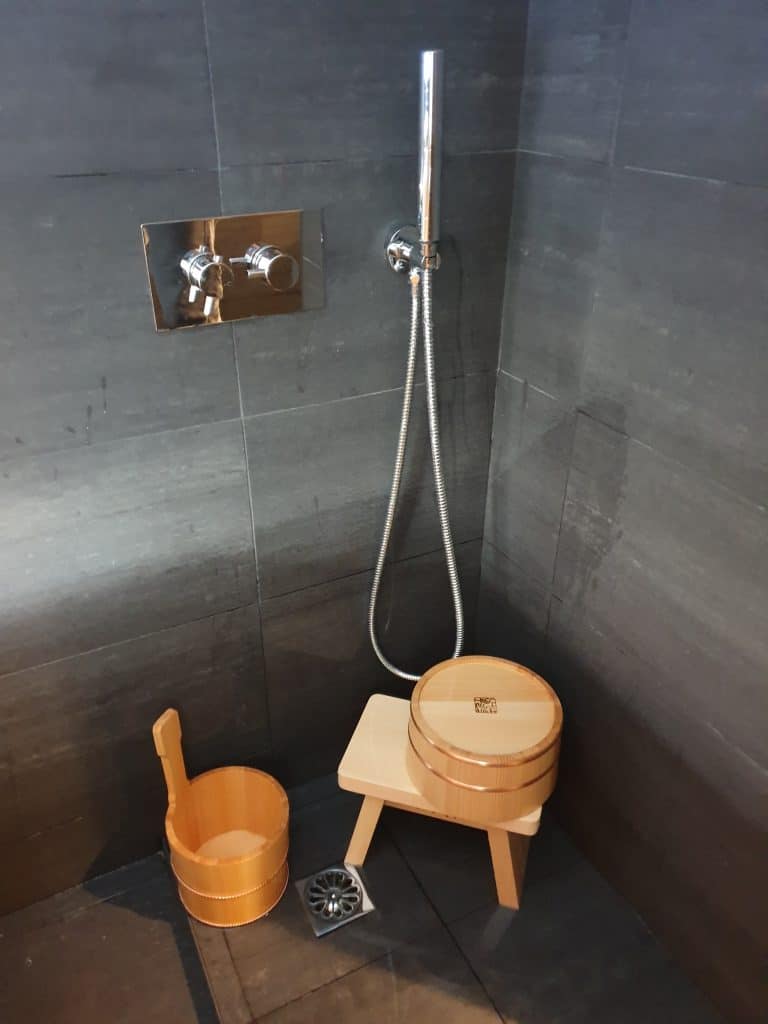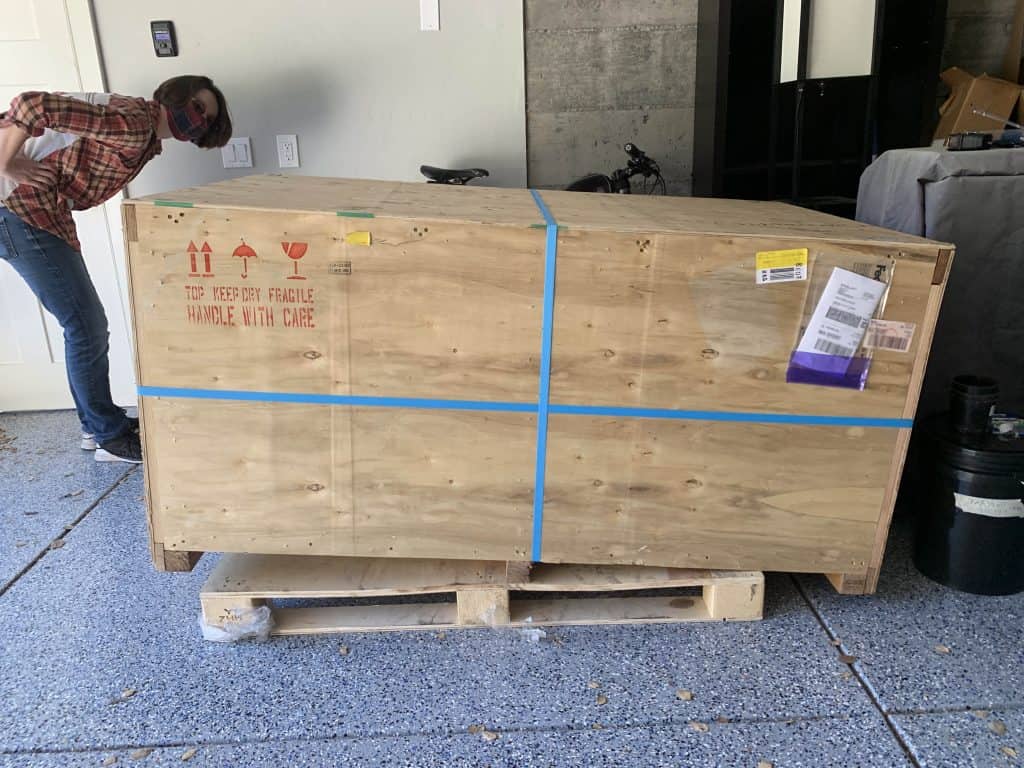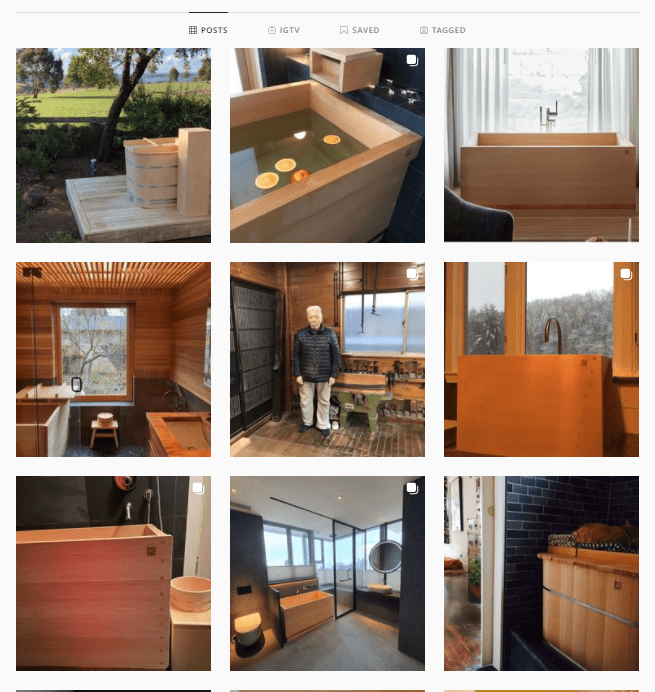bathing ri***ls and Wabisabi 2.0 !
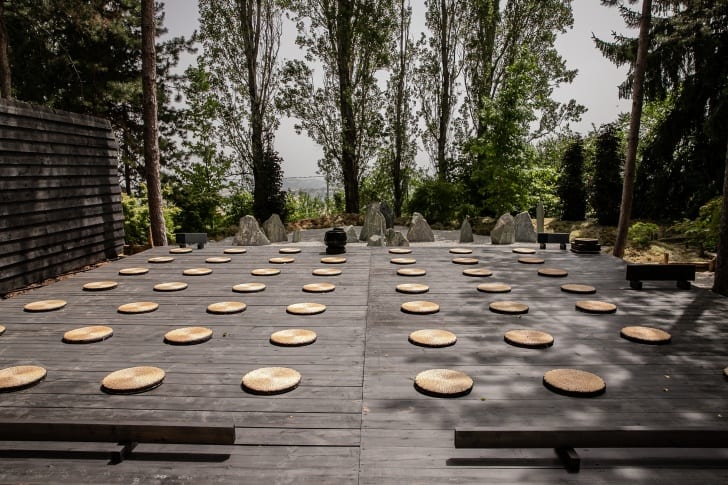
Do you remember last year in the “mid-summer greetings” newsletter I shared the appeal from the owners of the Wabisabi ryokan (S. Ginesio – Italy)?
They wanted to create a rock garden (kare-san-sui) to complete their new outdoor deck to be used for events, tea ceremony, meditation etc. and they were looking for ideas on where and how to obtain the racks and tools to create and maintain the rock garden.
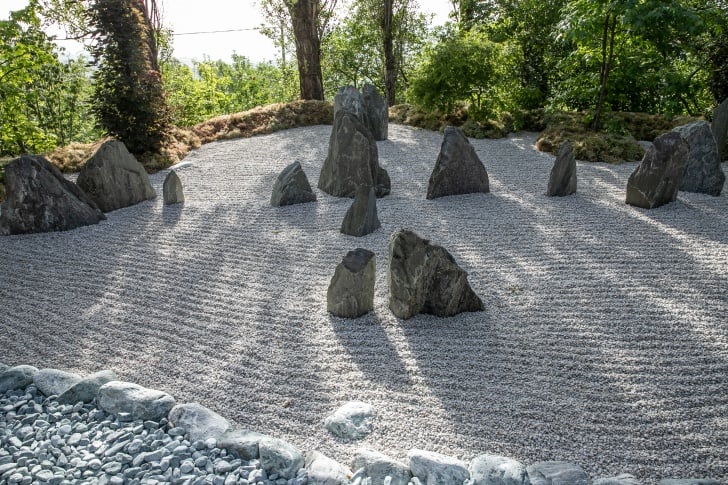
Well, God heard their appeal and nothing less than “T”he Guru of Wabi sabi, the great designer philosopher Leonard Koren come from San Francisco to San Ginesio and participated as a special guest at the official inauguration of the “Jirinkongou Uchū” !!!
The new project could not begin under a a more auspicious star!
I am extremely proud of them! and would like to share some photos of their success story. Definitely, these images and video are worth a thousand words! Wabisabi has been in existence for more than 15 years now: anyway with the passing of every year it is becoming even more miryoku-teki! (= attractive, fascinating, enchanting, delightful, irresistible, etc.!)
and you can see more on instagram: https://www.instagram.com/wabisabiculture/
Also inspired by this story, I would like to tap into the wisdom of the community of Japanese bath lovers for a project I am considering.
The project is to write a guide on “bath rituals”.
I have to confess that I have been asked and exhorted to write a book on the subject for more than 10 years now, but I always hit my nose on two walls:
- The first being the fact that I am not an expert in bathing. Many of Bartok design clients have visited more onsen than I have and are much more literate than me in other aspects of mindfulness that take shape through traditional disciplines: from ikebana to archery, from tea ceremony to martial arts, from bonsai to calligraphy.
- The second is that I do not like the word “ritual”. I am a free spirit and anything that becomes a structured “procedure” smells of bureaucracy, boring repetition, and fetishism to me.
I developed a strong allergy to formalities, meaningless rules, dogmatic creeds, and religions.
How can I write a guide or a book on “rituals”? Impossible.
On the other hand, I acknowledge the power of HABITS in bringing a positive change into our lives.
As we are bombarded by manipulated news, negative role models, addicted to customs that undermine our health and immune system, maybe sharing the benefits of bathing would help some people find a way out of the vicious circle.
The word “ritual” makes my skin itch … but “the end justifies the means” – as Machiavelli said.
Maybe the word “ritual” scares me because of its absolute meaning: “this is the Right way. All other ways are Wrong” – is the underlying concept.
Or am I overthinking?
In any case, if a ritual is useful to establish a (healthy) habit… how about making a guide on “Bathing habits”?
Yes! This is much better!!
“Bathing Habits” !
Everybody has their way of bathing, every way is legitimate and beautiful.
As I am typing, I just had an epiphany! Yes, this is the way to go.
I would like to write a guide sharing what I enjoy about bathing.
But… I need your help!
Yes, this guide would only be useful if it was sharing different points of view, tips, hacks, suggestions, experiments about bathing.
Will you share with the world your recommendations about bathing?
When do you bathe? How long? What do you do before? After? What is the purpose? the benefit you seek when bathing? Do you use a wooden tub? An acryl/FRP/metal/ceramic tub? Do you use bathroom accessories? salts? Essential oils? Our “pocket onsen”?
If the guide is published, I will share all the credits and any profit from the sales of the book in equal quotas with all of you who participated with your stories and photos. I cannot promise the guide will become an editorial success… but if it will see the light as a book I promise I will provide full credits and share the proceeds with the contributors, to the penny.
With the Covid craze inexorably permeating every aspect of our lives, (and I wonder for how many more years…) I really think that people need some help to break free from the negative news additiction and find again positivity and hope. Relaxation, meditation, letting go maybe very useful practices and deep soaking “habits” may be one of the gateways to a more meaningful and mindful lifestyle.
Please share with me your thoughts and bathing habits!
Let`s join forces and save the world together! \(^o^)/
I wish you a pleasant August and dedicate you a few relaxing seconds from “Saki no yu” onsen in Shirahama (Wakayama pref.) … enjoy the hot water!
Please send your entries to japan<AT>bartokdesign<DOT>com
writing “bathing habits” or similar in the subject line!
I am looking forward to it!!
